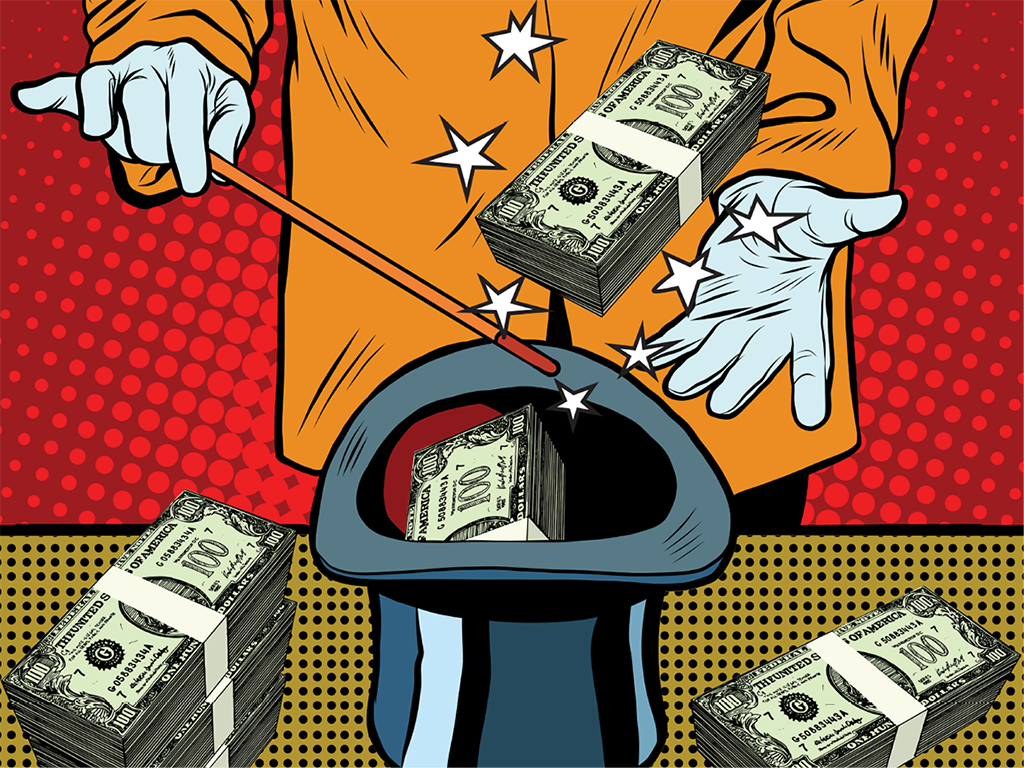Let me tell you three things that are NOT fundraising:
- Argument. It doesn’t work to debate someone into giving. Yes, the case for giving is very strong. But people who don’t give aren’t persuadable. Because they aren’t thinking about it.
- Education. It also doesn’t work to fill potential donors’ minds with knowledge about your cause. Lack of information isn’t what keeps people from giving.
- Bragging. This one is weakest of all. It doesn’t work to tell people how amazing your organization is. You need to be amazing, but that’s not why people donate.
The thing that moves people to give is action.
Action that you put in their hands.
Action that lets them join you in changing the world.
In commercial advertising, they are obsessed with the “Call to Action” in any message. We fundraising people should be too. Probably more so. After all, if someone buys a pair of shoes, they have a pair of shoes to show for it. Even if they never perform the amazing feats the shoes are meant to enable.
But when someone donates to your cause, all they have is a receipt.
And a feeling.
A satisfying sense that they did something to put their values to work making the world a better place.
That feeling is rooted in what you asked them to do in the first place.
Suppose you asked them something like this:
Stand with us during this important time.
What feeling does that have? Not much, because any action there was at best implied.
If you had instead asked them this:
Provide Holiday meals for people in need in our community.
They have a chance of believing their gift has done something good. They can imagine specific good things happening, thanks to their donation. They see their values put into action.
It can be difficult to position an ask as action. Because from our point of view as organization insiders, “stand with us” is almost exactly the same thing as “provide Holiday meals.” Because we know that to provide those meals, we need people to stand with us.
But donors don’t see things that way. They see a world where good deeds are needed. They see problems that need to be solved. They want to make a difference that they understand and believe in.
Let me show you a couple of ways to cross the gap between the world as you see it and the world of the donors you depend on…
Problem/Solution/Action
This is the foundation of every fundraising message. It’s how you invite the donor into the heart of your work.
- Present the donor with a problem.
- Show them the solution to that problem.
- Show them specifically what they can do to put that solution to work.
Here’s an example for a fictional organization we’ll call Save the Snails:
Problem: Pygmy Snails are going extinct.
Solution: Protected habitat.
Action: Provide habitat at a cost of $20 per square meter
Every time you sit down to create a fundraising message, first put these three elements in writing. You will find that not only do you raise more money, but the whole project is easier to write. Because abstractions about giving are difficult to come up with and put in writing.
Here’s another framework that can help you put action in your donors’ hands:
The Offer Diamond
The offer diamond has four points: Specificity, Cost, Urgency, and Impact. Let’s look at each for our Save the Snails appeal:
1. Specificity: The action or item you’re asking the donor to help pay for.
It’s not abstract or aspirational (like hope, healing, or justice). It’s something concrete and “photographable.”
Like this: “Pygmy snails are an important part of the ecosystem of southern North Dakota. They thrive on brick walls, eating a specific type of moss that grows there. But brick walls are being replaced by fake brick, leaving no habitat for the snails. They are in danger of going extinct.” To make the message really powerful, you’d tell the story of an individual snail’s plight.
2. Cost
This is the amount you’re asking the donor to give to solve the problem
Like this: “Real brick walls can be built for just $20 per square meter, instantly creating healthy habitat for pygmy snails.”
The trick to this part of the offer diamond is to ask donors the right amount. Don’t ask $20 donors to give $1,000. And don’t ask $1,000 for $20. This is where segmenting donors by giving level comes in, making it possible to be relevant to all your donors.
3. Urgency
What is the reason now is a better time to give than later? Because the painful truth is that “later” means “never” for most people.
That’s why it’s important to have a deadline for giving, or some situation that makes giving now important.
Like this: “Pygmy Snails are likely to be extinct in less than 90 days at the rate their habitat is disappearing. Give before it’s too late!”
4. Impact
The final factor that will move people to donate is to make it clear that their donation matters. We know that one of the main reasons people choose not to give is they believe there’s no point – that they can’t make a meaningful difference.
Clear the air about that! Show them how important their gift can be.
Ask yourself, “What makes this a good deal for donors?” Your donors, like all of us, are constantly bombarded with fundraising messages for all kinds of causes. What will make yours stand out as an especially good use of their limited funds?
Like this: “A single square meter of brick wall can sustain more than 6,000 healthy, breeding pygmy snails. That’s enough to keep the species going.”
Another way to increase the sense of impact would be to have leverage built into the donation. Like this: “If you give by December 31, Acme Bricklayers will donate the labor for the walls you make possible. That means every $20 you give now will build not one but FIVE walls to save the pygmy snail.”
There’s also the classic Matching Grant: “Our Board of Trustees has agreed to match your donation (up until we’ve raised a total of $10,000). Your impact for the snails will DOUBLE!”
Action is what separates okay fundraising from great fundraising. If you use these action frameworks, you will raise more money. Every time.
It’s not too late to have a powerful end-of-year fundraising season. Download our popular super-concise e-book, Your Calendar for Successful Year-End Fundraising – for FREE. It’s a step-by-step guide for the critical last quarter, starting from October and going through to the biggest fundraising day of the year, December 31. Proven steps for maximizing the most generous time of year.
Related Blog Posts:










